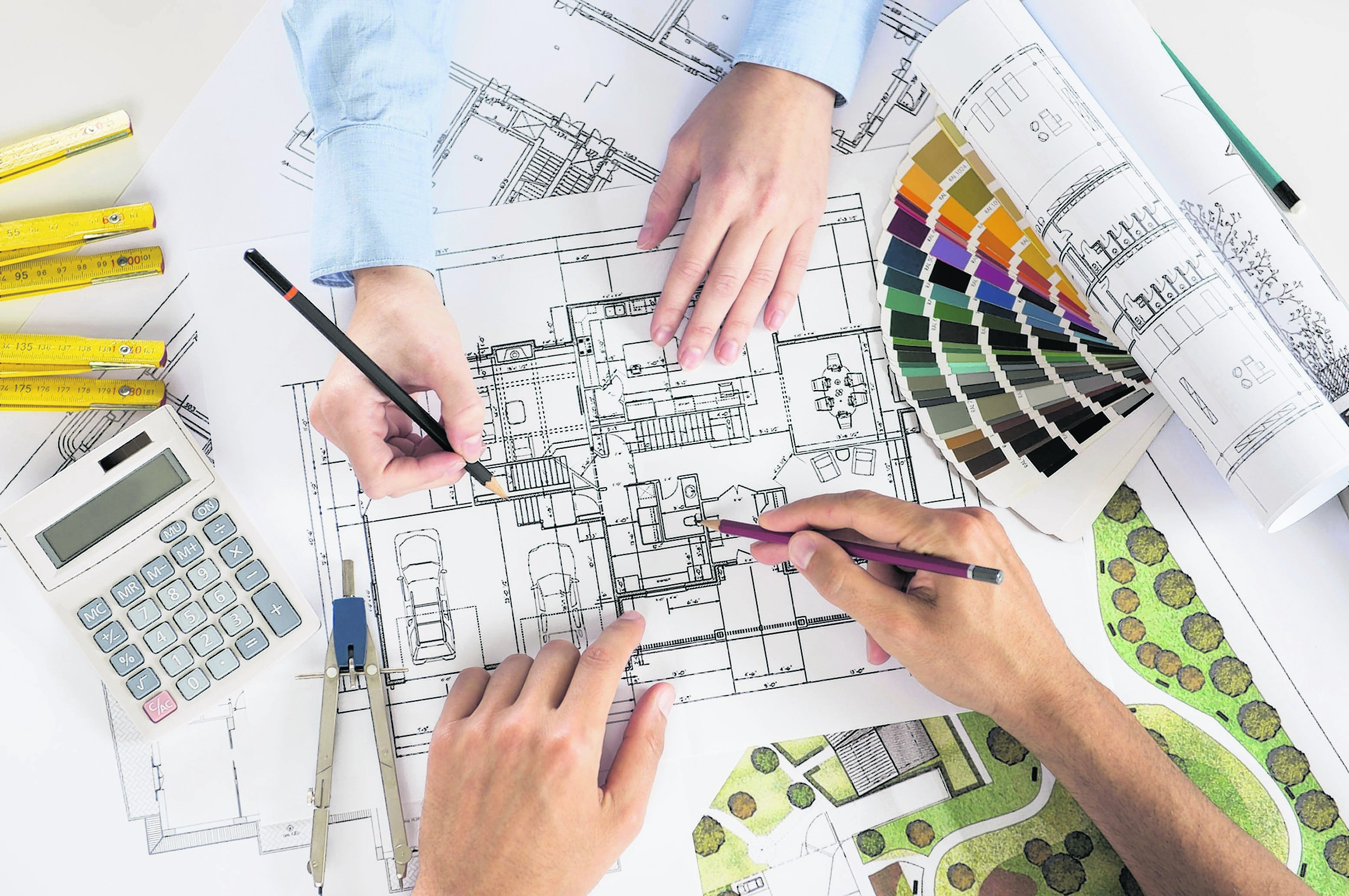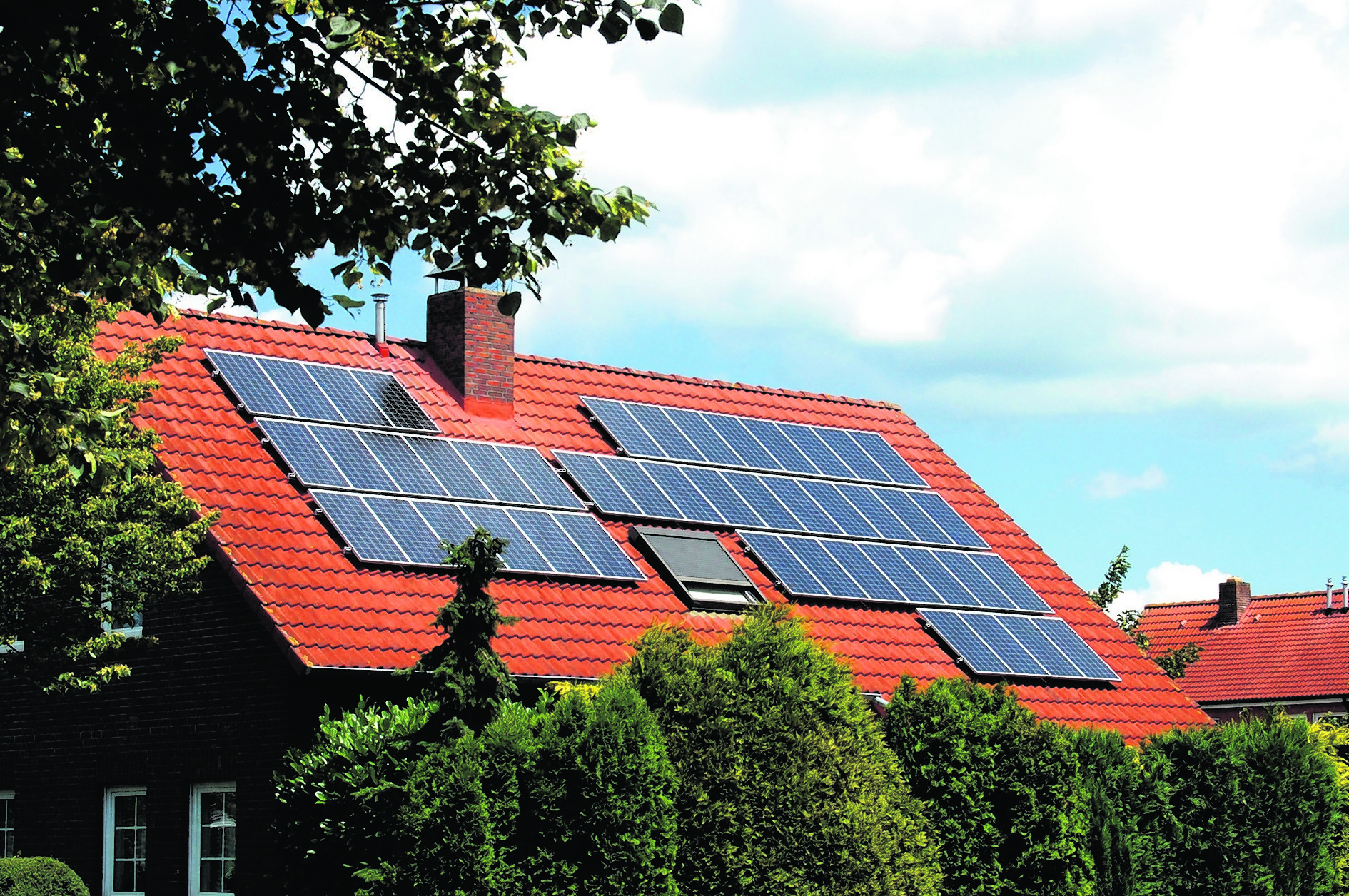If you dream of building your own home, you first need to find a plot of land to build it on and then an architect to design it. Here are our top tips:
1. Finding a plot of land with detailed planning permission for a house is a safe bet, but, of course, it may not be the house you want to build. Unless the plans can be changed, you may prefer to take a risk on a plot without planning permission, or with outline planning permission. The latter grants permission on the principle that the land can be developed, while detailed planning specifies the design of the building.
2. You can search for land on property websites, where it’s for sale through estate agents. Land agents, who specialise in selling land, and auction houses are often a better bet, as are specialist plot websites. Local newspapers and property magazines may contain ads for land for sale, or you could place a “land wanted” ad. You could even drive around your search area, looking for land that’s for sale or may be suitable as a building plot.
3. Don’t discount existing buildings – knocking something down and starting again can be a good way to get a great plot. As well as the location and chances of obtaining planning permission, consider the value of the land (or rather its value to you) and how you can get services and vehicles to it. Poor access will make the project harder and more expensive, and could even stop it getting off the ground.
4. As well as a plot, a good architect is essential. Not only will they translate your vision into reality, they can also enhance it with ideas of their own, coming up with things you hadn’t thought of and solving problems. A good architect will also help you obtain planning permission, can manage the build and the pre-build process, and can source and manage the various professionals and contractors needed.
5. One of the great things about self-building is that it’s easy to make your home environmentally friendly because you’re starting from scratch. As well as obvious things, like insulating as much as possible and choosing energy-efficient windows, self-builders can incorporate big eco home improvements, such as solar panels, heat pumps and grey-water recycling systems in a more cost-effective way than homeowners who have to retrofit them. Combine measures like these with environmentally-friendly building materials and you can create an extremely green self-build. Ask your architect about this at an early stage so it can be incorporated into the design.

